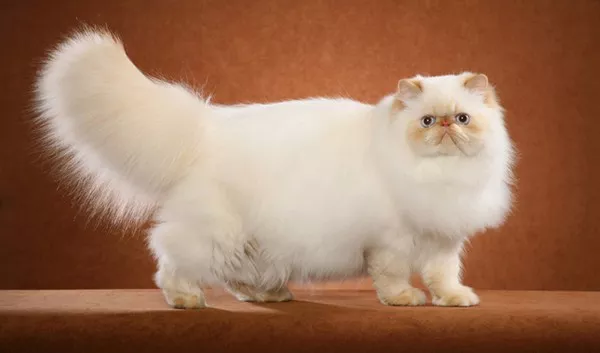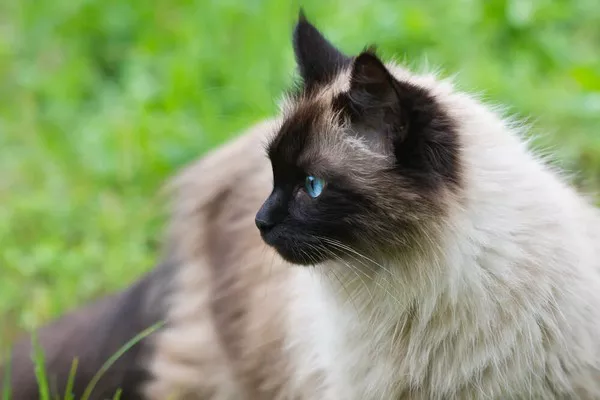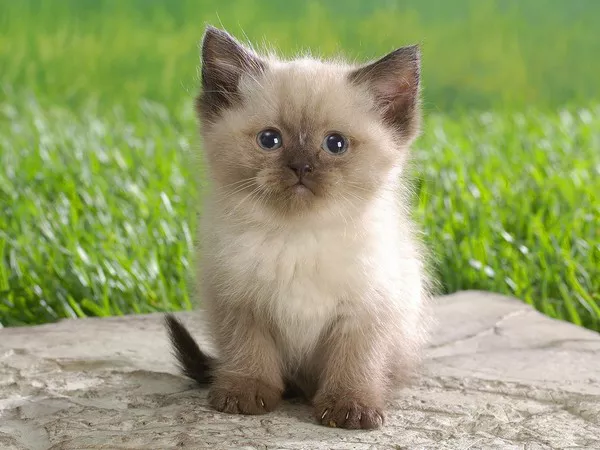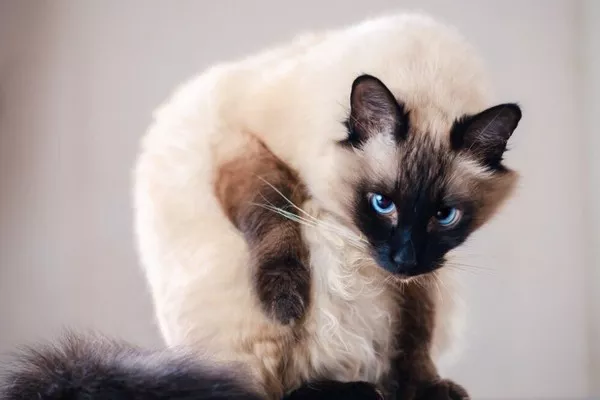In a proactive step to combat the issue of feral cat overpopulation, the Edmonton Humane Society conducted its inaugural independent trap-neuter-return clinic, targeting approximately 50 feral cats on Thursday.
With the aim of curbing the growing population of feral cats, the society embarked on a mission to trap and provide essential care for 50 male and female cats hailing from three rural colonies within the city. The comprehensive approach encompassed not only spaying and neutering but also encompassed preventative care measures, including vaccinations and thorough examinations.
Liza Sunley, the CEO of the humane society, conveyed to the press on Thursday afternoon that such large-scale clinics have proven to be effective in tackling the issue of feral cat overpopulation. She emphasized that the success of this clinic could pave the way for future mass clinics.
“This is a test for us to see how well a large-scale clinic like this works for us. We’ll review it afterward and determine our approach for the future, but the trap-neuter-return strategy is undoubtedly an integral part of our ongoing efforts,” Sunley remarked.
The Edmonton Humane Society cited a staggering statistic, highlighting the reproductive capacity of one cat. In a mere eight years, a single cat can contribute to over two million offspring. Sunley underscored that while past endeavors have focused on sporadic attempts to spay or neuter individual feral cats, collaborating with multiple colonies offers a more effective strategy to manage the feral cat population.
Feral cats, by nature, are not socialized, rendering them challenging candidates for adoption. Sunley elaborated on the issues posed by this cat population, stating that they can disrupt the lives of other outdoor animals and create challenges for property owners. Once these cats have fully recovered from their procedures, they will be returned to their respective colonies, where dedicated caregivers will provide ongoing oversight. The only potential exception to this arrangement may be kittens who could potentially be socialized and offered for adoption in the future.

























